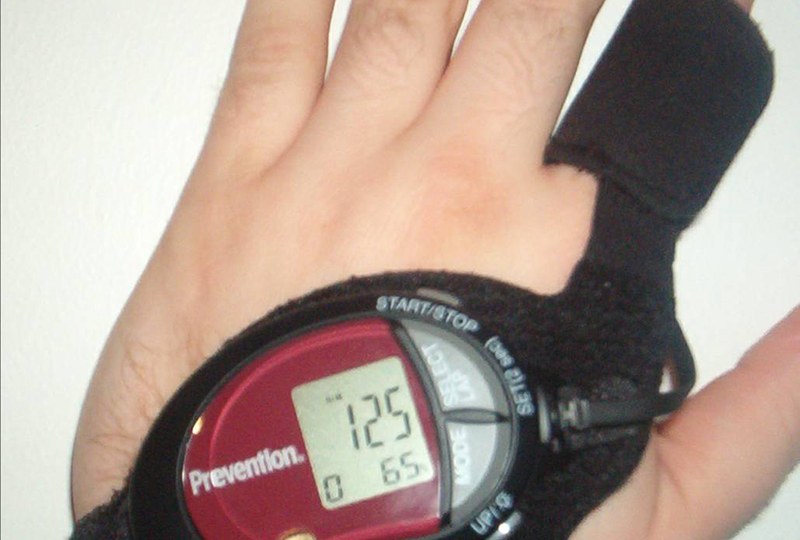About 75 million American adults (32 percent) have high blood pressure. Among these individuals, only half have their blood pressure under control. Therefore, an easy and cost-effective method to monitor blood pressure would be a significant step ahead to reduce the risk of heart disease and stroke.
Researchers at the University of Arizona Sarver Heart Center have developed an inexpensive method whereby Pulse Wave Velocity (PWV) is used to measure blood pressure levels. PWV is the measurement showing how quickly the impulse or force of blood moving away from the heart moves down the arteries.
Related Wearable Ultrasound Patch Monitors Blood Pressure in Deep Arteries
Marvin J. Slepian, MD, a cardiologist at the University of Arizona Sarver Heart Center participated in this collaborative study with investigators Yonggang Huang, PhD, and John Rogers, PhD, both at Northwestern University.
The researchers published their study in PNAS (Proceedings of the National Academy of Sciences of the United States of America).
Continuous, cuffless and non-invasive blood pressure monitoring, determined by measuring the pulse wave velocity, is a promising technique for non-invasive measurements, the researchers wrote.
Until now, the relationship between blood pressure and pulse wave velocity was based on unrealistic assumptions that have not been replicated in human arteries and rely on observations rather than physical properties, the researchers wrote. They described an analytical model that yielded a measurable relationship between blood pressure and pulse wave velocity. This model may be used in future work to develop continuous, cuffless and non-invasive blood pressure monitoring, reports University of Arizona Office of Public Affairs.

The research team used a “wet” physical simulation model capable of generating a pulse using the total artificial heart in the Slepian Lab at the UA Sarver Heart Center and measured pressures in artificial arteries designed for this research.
The Slepian Lab also has studied various forms and uses for wearable “patches” able to measure a range of parameters, such as movement and sweat.
“This new research provides insight into the measurements that will be useful in the design of new wearable patches, which then will provide a useful, inexpensive option for monitoring patients who need to track their blood pressure for a period of time,” Dr. Slepian said.
Related Livongo Announces First Blood Pressure Monitor with Cellular Connectivity in U.S.
High blood pressure was a primary or contributing cause of death for more than 410,000 Americans in 2014 – that’s more than 1,100 deaths each day.
High blood pressure costs the nation $48.6 billion each year. This total includes the cost of health-care services, medications to treat high blood pressure and missed days of work.












